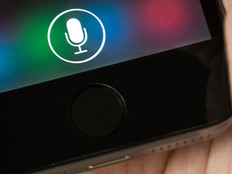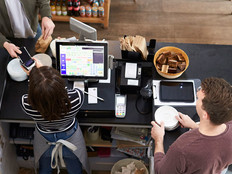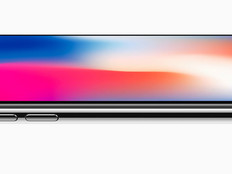Bluetooth 4.0 Promises to be More Energy Efficient and Compact
When most people think “Bluetooth,” they picture a wireless headset for their mobile phone. But if the Bluetooth Special Interest Group (SIG) has its way, we’ll soon associate this short-range wireless technology with a wide array of familiar devices that — using the newest Bluetooth iteration — do unfamiliar things. Imagine, for instance, a watch that displays text messages or a key fob that beeps when you’ve left something important behind.
The hallmark of Bluetooth Core Specification v.4.0 is Bluetooth low energy (LE), a technology intended for very different uses than previous versions. While all versions enable data exchange between electronic devices, LE offers two key distinctions: small size and low power needs.
Because its form factor is a small, coin cell battery–powered wireless sensor, Bluetooth LE can be embedded in a whole new range of devices, including watches, remote controls, and healthcare and sports sensors. “It’s lightweight, and it can run multiple years on the same battery,” says Michael Foley, executive director of the Bluetooth SIG. “You don’t want a pedometer that’s bigger than your shoe, and you don’t want to have to plug it in each time you run. That’s the strength of the 4.0 solution.”
Here’s how it works: The LE-enabled device communicates with the user’s Bluetooth 4.0-enabled mobile phone, PC or PDA, which establishes a secure link to the appropriate website or application via the Internet or a direct connection. From that point, the device can interact with the web application, sending and receiving data.
When more applications are available, LE-enabled devices also will be able to tell the mobile phone or PC which downloadable applications can operate with the device, so that users don’t have to pick and choose.
By opening the door to web services, Bluetooth LE stands above its predecessor, Foley says. Following the specification’s April release, software and application developers began designing new products that will use it. Peripherals are starting to hit the market, he says, and “we’ll see very quick adoption of 4.0 on mobile phones beginning in 2011.” Expect to see it in consumer healthcare devices, sports and fitness products, watches, home automation devices and remote controls, among other applications.
A New Approach
According to Foley, designers will need a new mindset for thinking about how products are designed, how we interact with them and how they interact with each other.
An example is Fit Companion, a device under development by Physical Activity Innovations. The sensor can be clipped onto a user’s clothing or integrated into a shoe to provide regular feedback about physical activity. The data is transmitted to the user’s PC or phone, to help him or her achieve weight loss or physical activity goals.
LE can’t communicate with non–Bluetooth 4.0 devices, but analysts don’t consider this a problem. “Bluetooth is already in most mobile phones, and updating to LE is a natural progression,” says Xavier Ortiz, a research analyst for mobile networks at ABI Research. In fact, ABI expects more than 1 billion 4.0 chipsets to ship in 2014. By 2015, Bluetooth 4.0 will represent nearly half of all wireless sensor shipments, says Kirsten West, principal analyst at West Technology Research Solutions.
There are actually two types of Bluetooth 4.0 chipsets: single-mode, which contains only the LE chip, and dual-mode, which integrates LE functionality into an existing classic Bluetooth controller. Mobile phones and PCs either will use the dual-mode chipsets to communicate with LE-equipped devices or will contain both options. “The cost of implementing Bluetooth as a dual-mode isn’t appreciably greater than just doing plain Bluetooth,” West says. Most units shipped will be dual-mode chipsets, according to ABI, with single-mode chips accounting for about 10 percent of shipments next year.
While fitness monitors and watches will be LE’s first applications, West sees medical monitoring as an even more promising future application. “The medical monitoring market is potentially a lot bigger, especially with baby boomers, who are more used to technology than previous generations, getting older,” she says.
Security-related applications also have potential. For example, an expensive asset could be equipped with a sensor that would send a text message to an operations manager if it were being removed from the building.







